Why People + Automation Is the Right Approach to Accessibility Testing
Why People + Automation Is the Right Approach to Accessibility Testing
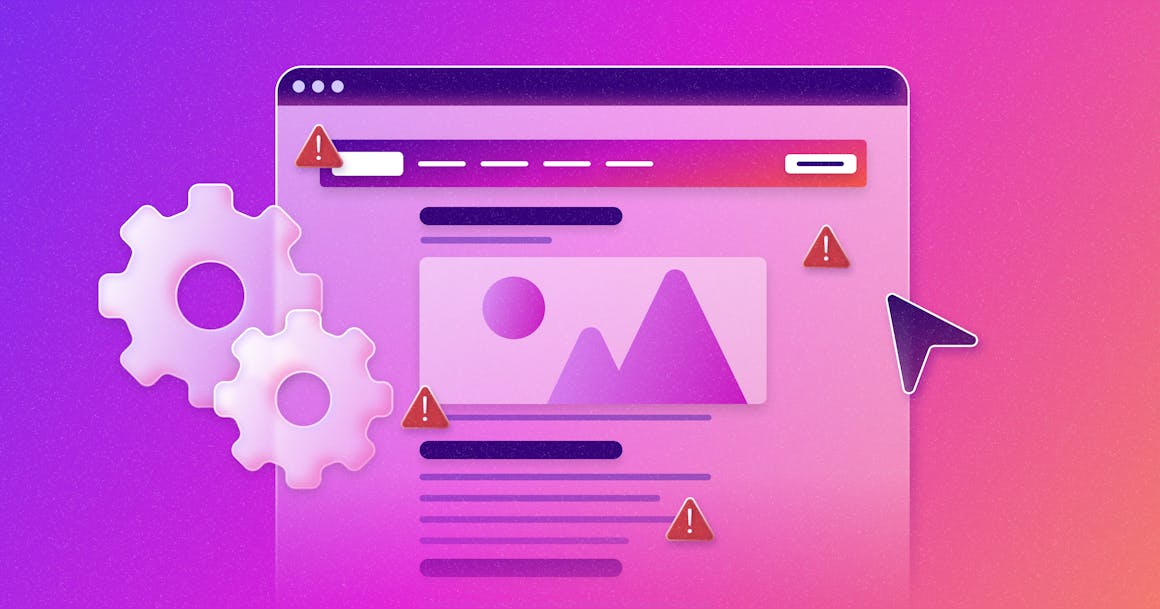

Ready to see AudioEye in action?
Watch Demo
Goldilocks’ approach — not too hot, not too cold — applies perfectly to accessibility testing, especially when you take a hybrid approach. Learn more why this is the best approach to creating accessible digital content below.
Originally Posted on August 7, 2023
Ever heard the story of Goldilocks and the Three Bears?
In it, we learn that porridge is a dish best served lukewarm. Not too hot, not too cold.
It’s an analogy that can be applied to almost any scenario, from labor markets to digital accessibility testing. Sometimes the perfect solution — whether it’s the temperature of proridge or the best way to use technology — lies in the middle of two extremes. Not too hot, not too cold.
That’s exactly where the perfect approach to website accessibility testing lies. Most businesses have two primary approaches when it comes to making their website or other digital content more accessible:
- Simple, automation-only tools that can identify and resolve some accessibility issues.
- Manual audits and remediation overseen by internal teams or outside agencies.
Both methodologies can be useful, but neither can deliver ongoing accessibility on their own. Below, we’ll explain why neither automation nor manual testing alone is enough to create truly accessible, compliant digital content. We’ll also discuss why — and make an argument for — why a hybrid testing approach that blends the best of automation and human expertise is the best solution.
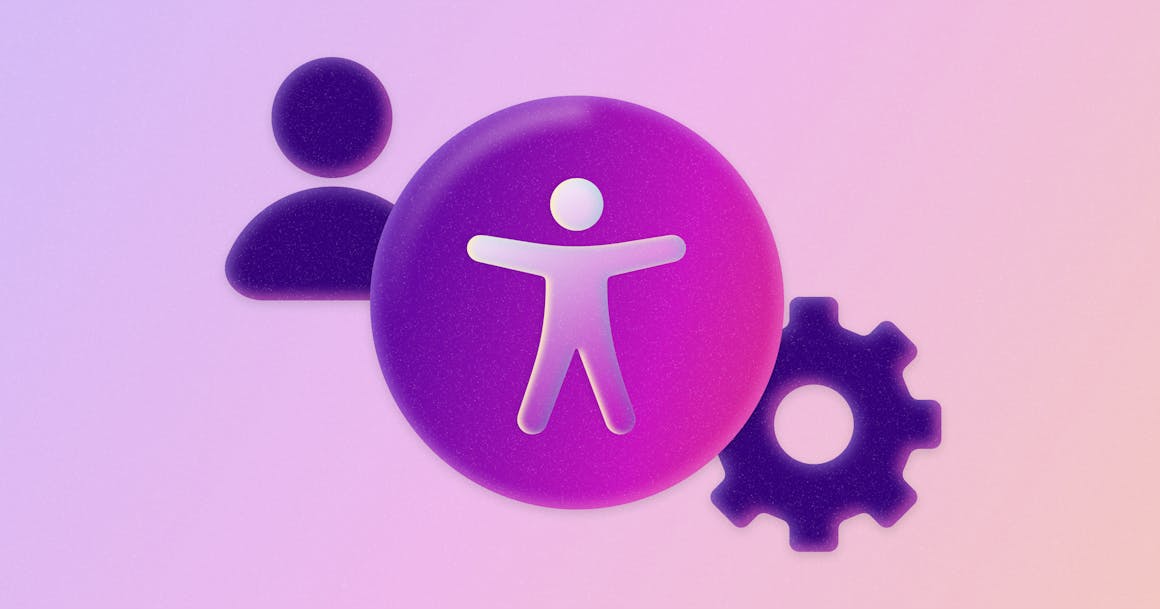
Automation Is an Important First Step
The argument for automation is pretty simple. It’s fast, it’s relatively hands-free, and it’s able to keep up with the speed of content creation and the dynamic nature of the internet.
In automated accessibility testing, automation plays a key role in enhancing the accessibility and usability of digital content, especially when you’re managing high volumes of content across websites, mobile applications, web pages, and campaigns. The approach enables you to use software tools that scan your digital content for common accessibility barriers that might prevent people with disabilities from accessing your site.
Most automated accessibility testing tools can automatically detect common accessibility issues — like missing alternative text (or alt text), low color contrast, improperly labeled buttons, improperly used headings, or keyboard navigation problems. Some even integrate into your CMS or dev environment, making it easier for you to catch issues before they go live.
Put simply, automation delivers a huge upside. It allows teams to scale accessibility checks across thousands of pages and assets without slowing down the pace of content creation. It helps maintain brand consistency and user experience across channels. And it reduces risk by surfacing compliance issues early — before they result in complaints, legal threats, or lost customers.
From a bandwidth perspective, automation is essential. Think about it this way: There are nearly two billion websites on the internet, with new sites going live every second and millions of blog posts, videos, and images added just as often. In our white paper, Building for Digital Accessibility at Scale, we estimated that it would take 167 billion hours for humans to fix every accessibility issue without the help of automation — and that doesn’t even account for the 22 million hours needed each day to keep up with newly created content.
The bottom line: without automation, digital accessibility at scale would be extremely difficult — if not impossible.
However, that doesn’t mean that automation alone is the answer.
Automation Isn’t Ready To Stand on Its Own
When we audited more than 1,000 websites using our own automated solution, it was able to detect up to 70% of common accessibility issues that violated the Web Content Accessibility Guidelines (WCAG) — and automatically fix about two-thirds of them. That’s a higher success rate than any other automation tool on the market. But even the best automation has limits, and that’s where human expertise becomes critical.
Certain types of content simply can’t be fixed through automation — like video and audio without captions or transcripts or PDFs that aren’t properly tagged for screen readers. These require human testing to ensure they meet accessibility requirements.
Even when automation can flag an issue, it can’t always determine the full content. For example:
- Alt text: Automation can check for missing alt text, but it can’t tell you whether it is accurate, meaningful, or helpful to someone using assistive technology.
- Form labels: A tool can detect whether a label exists but not whether it actually makes sense to users. A field labeled “input1” might pass a technical check but be confusing for real users.
- Link text: Automation can find links titled “Click here” or “Read more,” but it can’t always assess whether those links are descriptive or helpful enough for users to use independently.
- Keyboard traps and focus order: Some complex user interactions, like modals or custom dropdowns, require manual testing to ensure they’re easily navigable and intuitive for keyboard users.
Automation also doesn’t account for the nuance of how content is presented — things like reading level, visual hierarchy, or whether the content is clear and understandable for users with cognitive disabilities. These are things that can’t be scored or fixed by code alone.
This creates a real risk for businesses: relying solely on automated tools gives a false sense of compliance. Your website, mobile app, or digital product might “pass” a scan but can still have major accessibility issues that put users — and your organization — at risk.
Put simply, automation is essential, but it’s not a complete solution. To truly make your digital experience accessible and compliant, you need the right approach, which is where manual accessibility testing comes in.
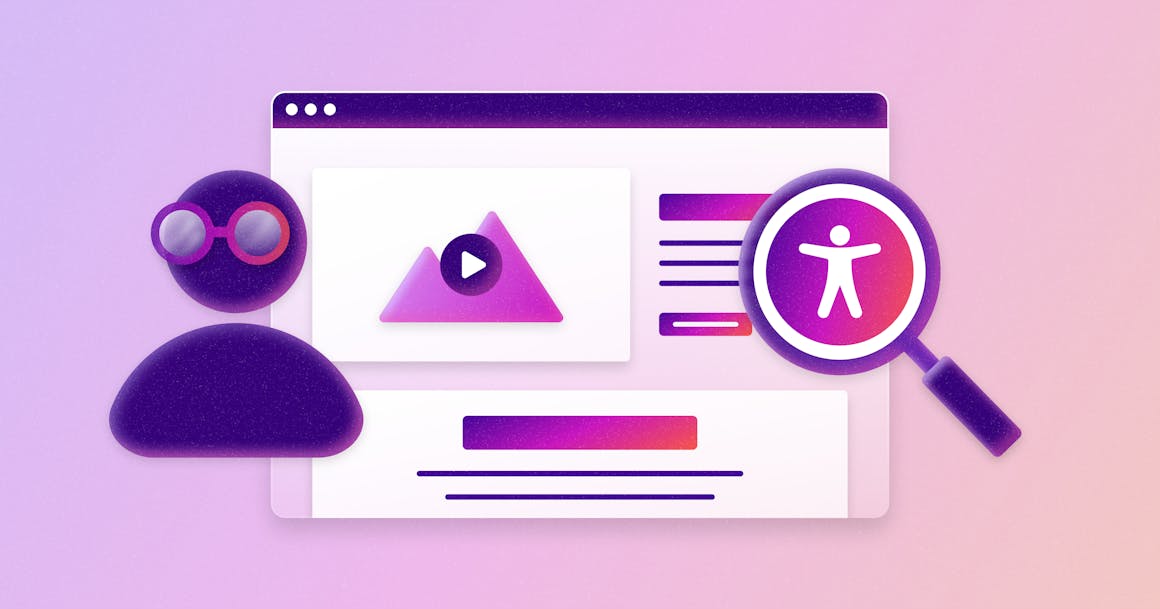
Is a Manual Audit Enough for My Website?
We can probably all agree that there’s no realistic way for people alone to make the internet accessible. (At least without spending trillions of dollars). But that doesn’t mean a manual audit won’t be enough for your website, right?
Not if you want your site to be accessible today, tomorrow, and into the future.
Even for individual websites, manual audits are often time-consuming, static, and expensive to serve as a complete, long-term solution. Think of it this way: how many times have you updated your website in the past year? Every time you launch a new product page, publish a blog post, or tweak your navigation, you risk (unintentionally) introducing new accessibility issues.
That’s where manual testing methods fall short. They provide a valuable snapshot in time — but they’re not an ongoing accessibility solution.
That said, manual audits are a critical part of the accessibility process. They bring in real expertise from accessibility experts or users with disabilities, which is essential for identifying complex, nuanced issues that automation can’t catch (which we discussed above). They’re also especially valuable when:
- You’re just starting out and need a clear accessibility baseline.
- You need to prioritize fixes based on user impact and legal requirements.
- You want expert validation of your automated scan results.
- You’re facing a legal complaint or need documentation to demonstrate due diligence.
But again, these audits alone don’t make your site accessible. By the time the final report is delivered, your site may have already changed. Each audit can cost thousands of dollars — often leaving your internal team responsible for making fixes without the tools or support needed to prevent issues from reappearing.
When we conducted human audits on 55 randomly selected websites that had used traditional manual audit and remediation services, for example, we still found hundreds of accessibility issues — including non-functional site navigation, unlabeled graphics, and inaccessible video controls. Many of these had either been missed or weren’t addressed at the source code level, which meant the issues quickly came back.
Put simply, manual web accessibility testing is a key part of making your digital content accessible — but it’s not the ‘just right’ solution. That’s where hybrid testing comes in, filling in the gaps and keeping your site accessible and compliant over time.
Making the Case for a Hybrid Approach to Accessibility
Automation is where accessibility starts — not where it ends. It’s the fastest way to catch high-risk, high-impact issues across your website. It keeps pace with your content (even as it changes), flags errors in real time, and helps your team stay ahead of potential compliance concerns.
But, as we’ve seen, automation has its limits. It can’t evaluate the accuracy of alt text, the clarity of link labels, or whether your site has sufficient screen reader compatibility. That’s where manual testing comes in — adding essential human judgement to catch the more complex, subjective issues that automation can’t see.
Put simply: a hybrid approach bridges the gap. Automation provides coverage at scale, surfacing the most common problems and reducing the burden on your team. Manual testing brings expert insight, helping you resolve deeper issues and create a more accessible website for all users.
Together, they provide the only realistic path to true accessibility — one that’s ongoing, cost-effective, and built to grow with your website.
Just Right. Just for You. Your Ideal Accessibility Solution Starts with AudioEye
Automation and manual testing on their own fall short in helping you create an accessible, compliant website. The real magic happens when you find the “just right” balance between the two — scalable tools backed by expert insight. Like Goldilocks, you don’t want a solution that’s too basic or too overwhelming. You want one that’s just right.
With AudioEye, that “just right” approach is within reach. By combining automation with human-assisted AI technology, you can detect and fix accessibility issues and achieve industry-leading compliance with accessibility standards. From our Web Accessibility Scanner that finds 30 WCAG violations (more than any other tool on the market) to our Expert Audits from members of the disability community, AudioEye’s hybrid approach ensures you enjoy the best of automation and expert audits.
Ready to make your digital content compliant and accessible to all users? Get started with a free scan of your site to see what accessibility issues are lurking on your site.
Want to see how AudioEye provides 400% better protection than automation-only or traditional consulting approaches? Schedule a demo.
Ready to see AudioEye in action?
Watch Demo
Ready to test your website for accessibility?
Share post
Topics:
Keep Reading
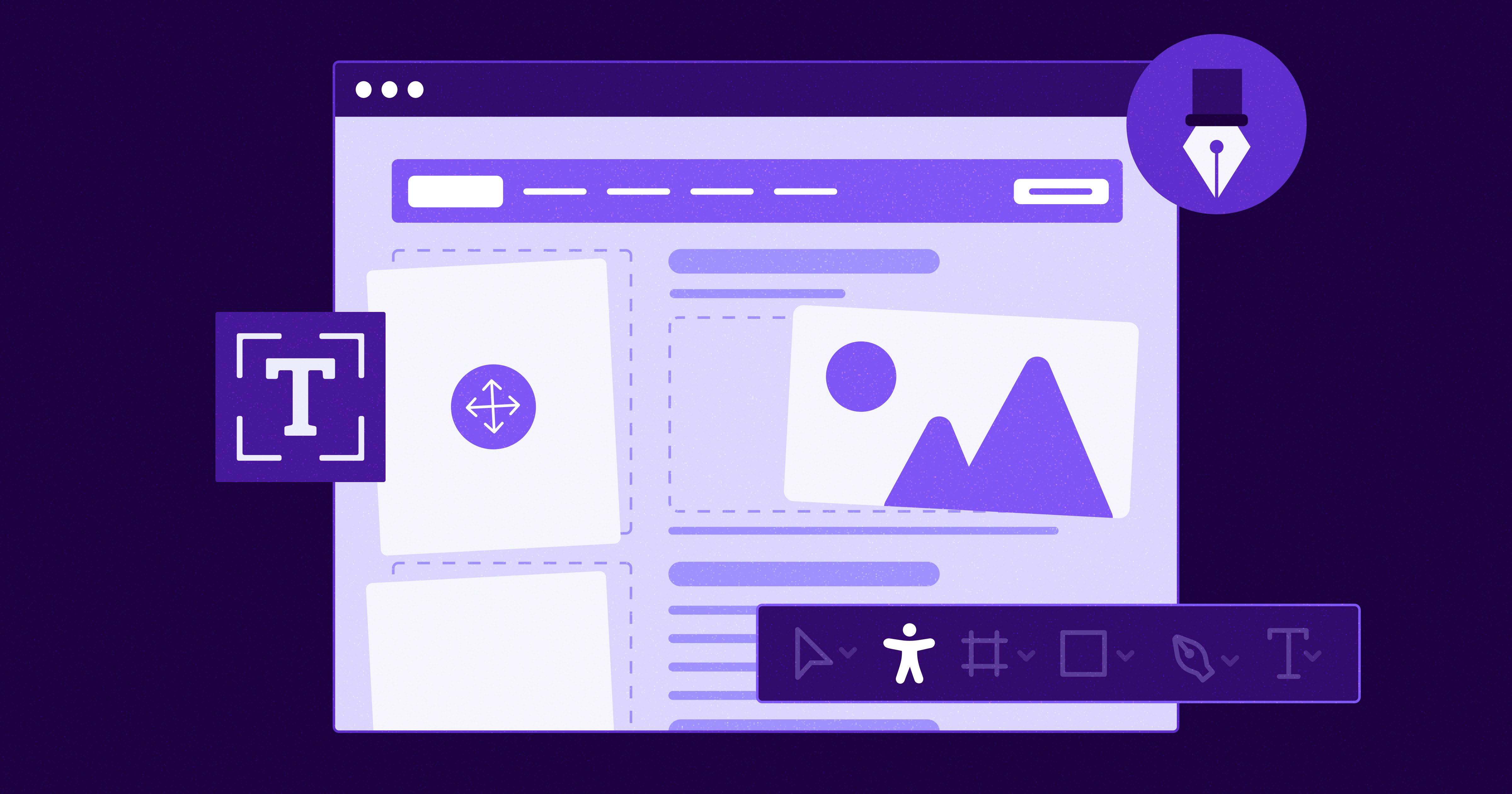
7 Websites That Got Accessibility Right (and What You Can Learn)
Looking to create an accessible website? See how seven companies utilized accessibility best practices to create a seamless user experience that works for all.
accessibility
April 11, 2025
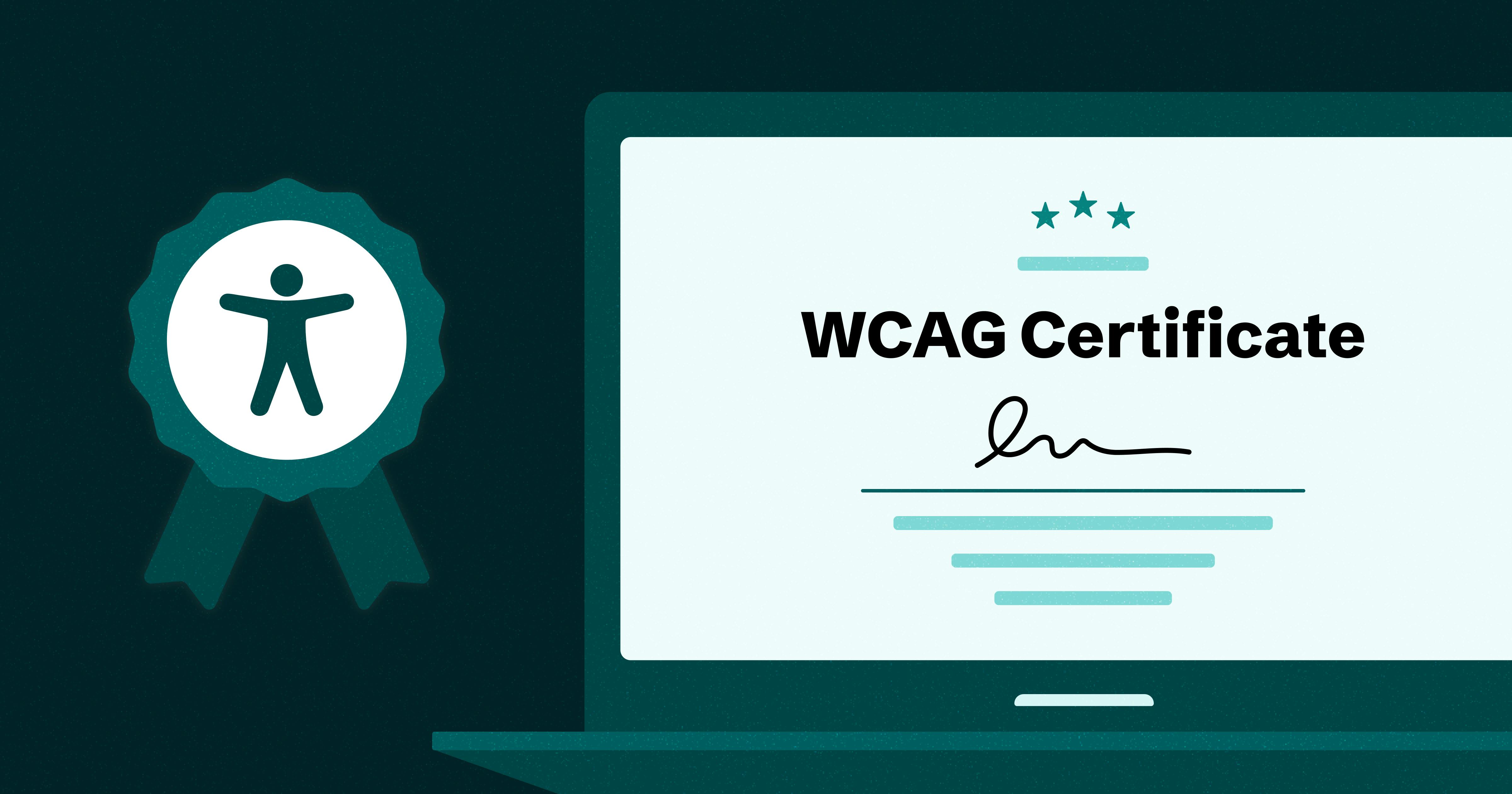
Is WCAG Certification Possible? 6 Things You Need to Know
While WCAG standards don’t offer official certification, there are training programs and professional credentials that can boost your accessibility expertise. Learn more.
accessibility
April 03, 2025
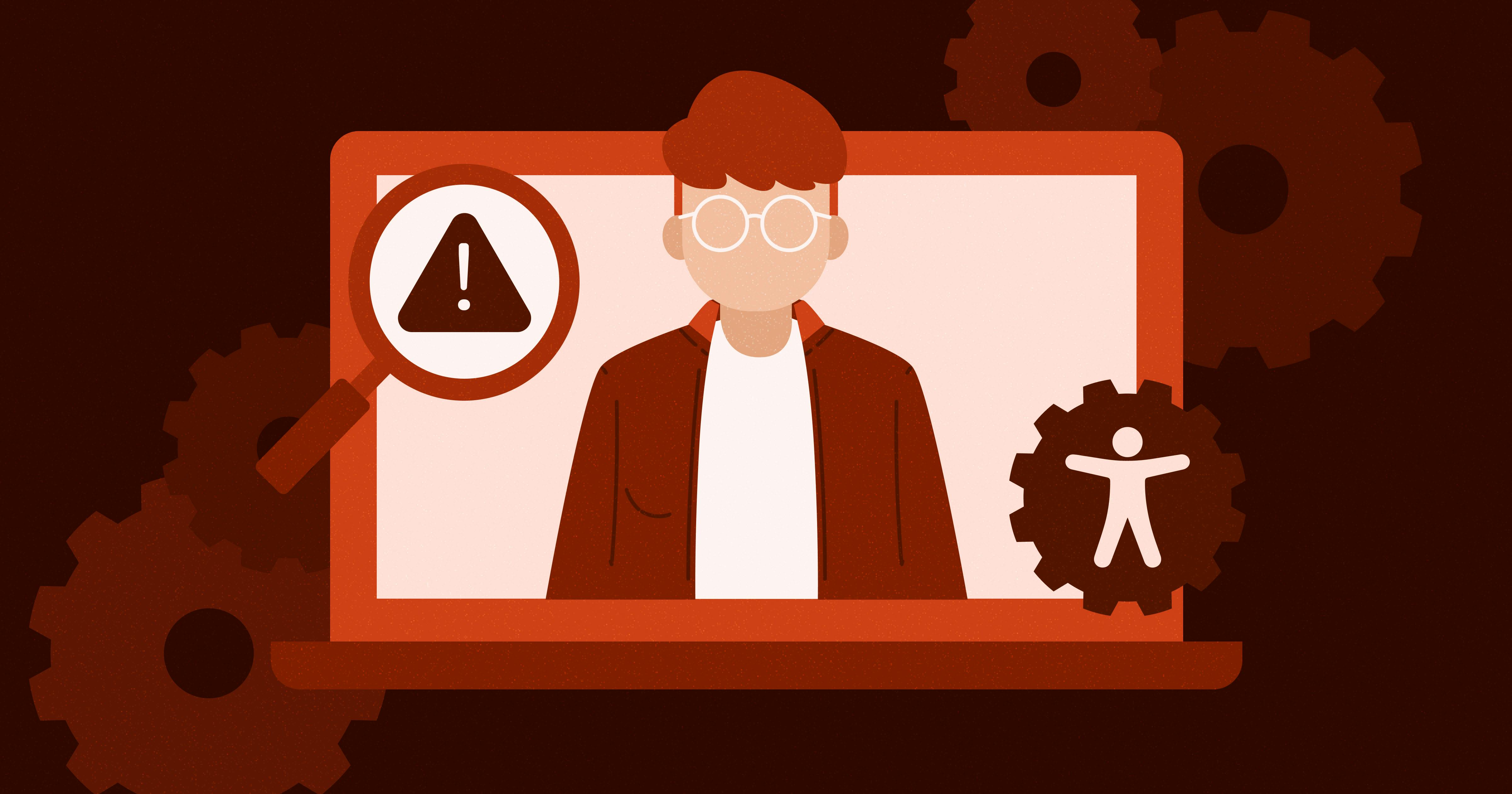
How to Test Website Accessibility Without Automation Tools
Accessibility testing your site without automation can be costly if done wrong. Understand how to go about it, and why a hybrid approach may be better.
accessibility
April 02, 2025
